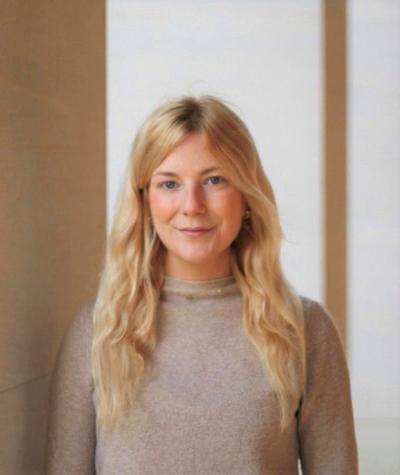Dr Fiona Amery

BA (Exeter), MPhil, PhD
Research Fellow
Biography
I grew up just outside of Cambridge and read history at the University of Exeter for my undergraduate degree. I also attended UC Berkeley for a study abroad opportunity in 2017, where I read Middle Eastern History and Psychology. My MPhil in History and Philosophy of Science at the University of Cambridge provided the ideal opportunity for me to pursue my interest in the history of the physical sciences, which I have continued to develop throughout my doctoral research in the same department.
Dr Amery is intermitting her Fellowship in academic year 2024/25.
Research
I work on the history of atmospheric physics in the nineteenth and twentieth centuries, with a particular interest in how intangible and unstable phenomena have come to be known through reproduction and imitation.
My PhD research has focused on the various ways in which the aurora borealis and aurora australis were imaged, visualised and understood in the International Polar and Geophysical Years (1880-1960). In my thesis I explore depictions of the phenomenon, from hand-drawings to radio echo images, while investigating the problem of indescribability and the imaginative and aesthetic aspects of rendering an intangible atmospheric object. With a focus on the practices of Polar research, I trace the shifting balance between reliance on embodied and instrumental sensing. My research touches on broader questions relating to the challenges of calibrating results across disparate Polar stations and the epistemological power of experiential knowledge. I have been lucky enough to see some spectacular displays of the northern lights myself, once on an archival trip to Tromsø and also last February when I was fortunate enough to take part in the filming of a documentary in the north of Svalbard.
For my postdoctoral project at Emmanuel, I'm looking at the construction of atmospheric analogues in the late nineteenth century and what they tell us about competing and difficult to reconcile models of atmospheric electricity, methods of grappling with elusive, difficult to capture and potentially illusory objects and the importance of outdoor field research to the physical sciences at the turn of the twentieth century. My work will consider machines which artificially produced such phenomena as the aurora borealis, St Elmo’s fire and lightning.

.jpg)